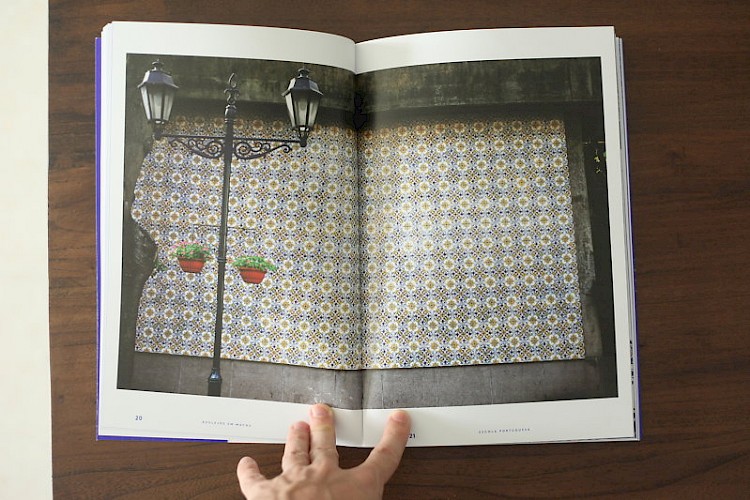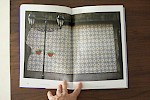Azulejos in Macao
Saturday, 19 September 2015Books, like research, are often made of chance encounters. I met Carol through just such an occasion when she joined a workshop I taught on 3d modeling. As an American Anthropologist who had recently moved to town to teach at the University of Macau, it was a pleasure to meet someone who viewed it through the lens of an already established career as a commercial photographer in the UK and Hong Kong. Since then, I have watched her artistic ambitions and exhibitions steadily expand.
In fact, artists and craftsmen have been coming to and working in Macao for centuries. The azulejos seen in this book speak to this legacy and form part of the visual patchwork of a city that continues to grow, spurred on by burgeoning tourist and gaming industries. Many of these azulejos are still intact and some are new inventions; but one thing is clear, all around them the signs are changing from neon to led, from local restaurants to jewelry shops. So what are we to make of this mixture of eras and art forms?
The photographs in this book and the authors' accompanying texts give us an opportunity to slow down and take in these works, to appreciate their origins and consider their legacy. Their detailed strokes and intricate construction are a reminder of the technique and planning involved in making them. The tessellation used also seems to predict the grids of pixels that form the digital images we consume daily. Ultimately, the images in this book do more than communicate the messages and stories behind these azulejos; they also invite consideration of the politics of preservation, the lasting significance of Portuguese presence in Macao, and the shape of its future development.
-preface to Carol Kwok's "Azulejos em Macau"

